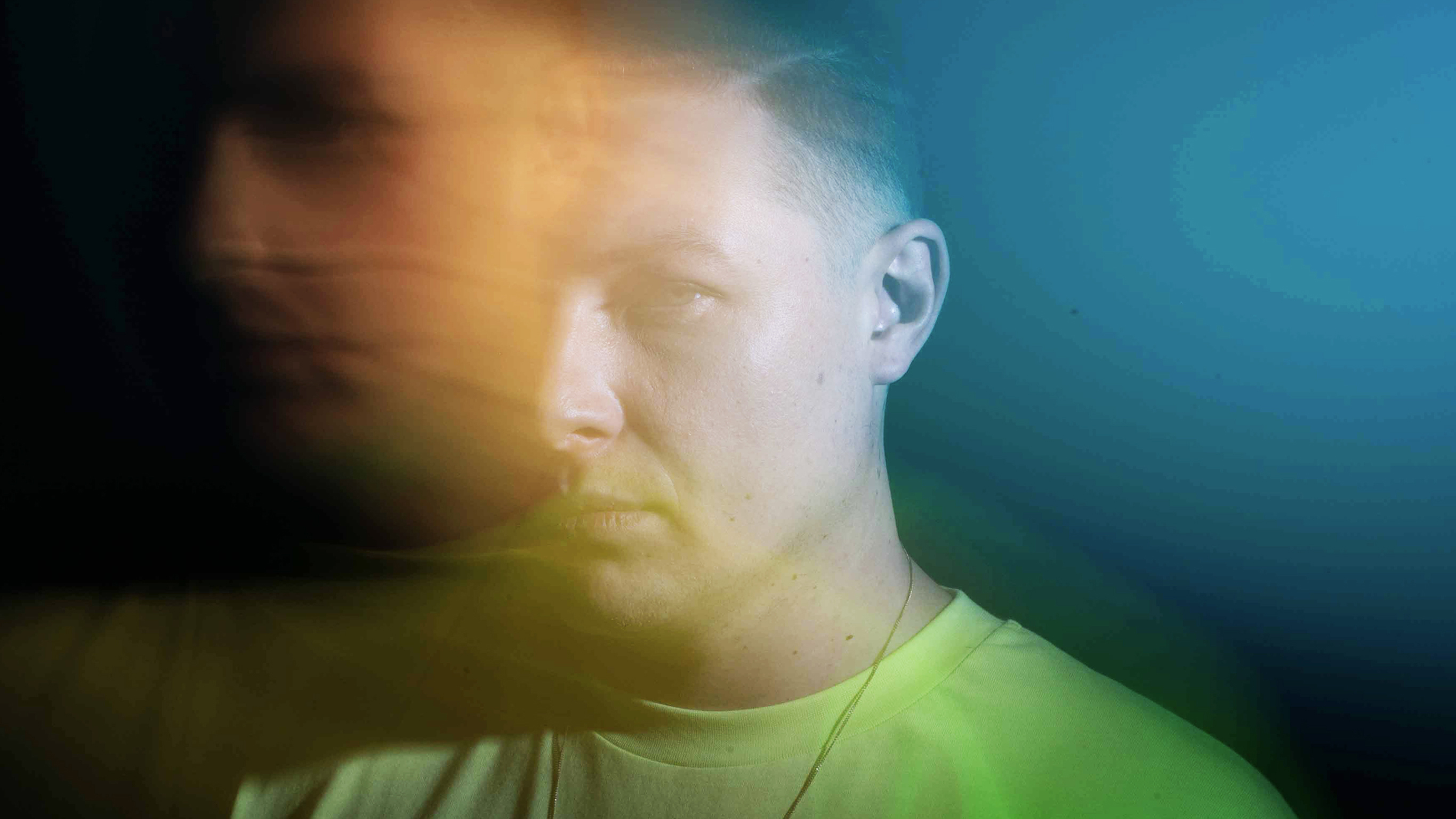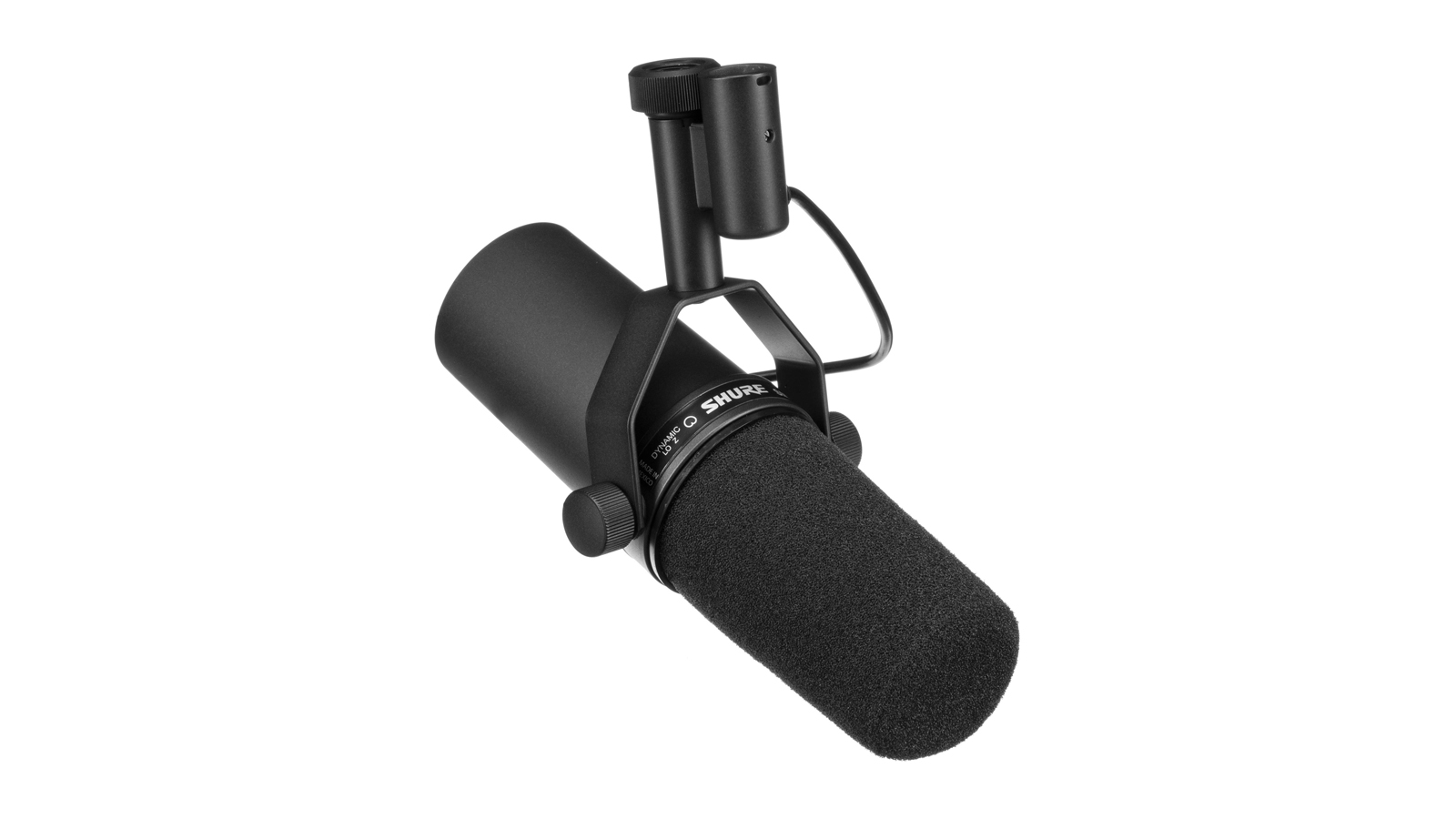John Newman: “I wrote Blame with Calvin Harris with only my laptop in front of me. I recorded the vocals with the laptop mic”
The vocalist/producer best known for the 2013 hit "Love Me Again" drops five essential things he's learned about music production

You’d be hard pressed to find a British citizen who hasn’t had the soaring hook from John Newman’s chart-topping “Love Me Again” etched into their musical subconscious - a pop radio staple, the track launched Newman’s career into the stratosphere, and was swiftly followed up by collaborations with Rudimental and Calvin Harris.
Fast forward to 2022 and Newman’s returned to music with a new focus, shifting his sights away from the Northern Soul influence that defined his early sound and setting them squarely on the dancefloor.
After going back to basics and putting together club-focused beats and instrumentals in his room on his laptop, he’s built a new home studio, recorded a new single - “Waiting For A Lifetime” - and developed a new live set-up that sees him mixing and triggering beats live while belting out the electrifying vocal lines he's best known for.
We caught up with John to hear more about his new musical direction, and he was kind enough to drop five pieces of advice drawn from his time spent behind the boards and behind the mic.
When did you start making music, and how did you first get started?
“When I was a little kid, about five years old, my grandad gave me a really battered old Casio keyboard and I started making music on that. I had a computer and I just started recording. The music gear I had was very minimal - I got Fruity Loops out of a cereal box and started using that, I think originally it was on my Playstation, before the computer. My brother inspired me a lot, he went to music college, but I was mainly inspired by dance music as a kid.”
Tell us about your studio/set-up.
Want all the hottest music and gear news, reviews, deals, features and more, direct to your inbox? Sign up here.
“My studio is now in my home, which is a new thing. I’ve only just built it myself which is something I’m very proud of, and I love it very much. It’s in my garage so I’ve added two huge screens which I can put window scenes on so I feel like I’m in different environments to inspire me.
My biggest songs have all been written and demo produced within a matter of hours
“I’ve got some hardware gear in here, I’ve got various synths - some old battered synths, and I’ve got a Korg M1, which is my greatest synth, which sounds really stupid. I’ve got a Novation Bass Station, I’ve got a Prophet and an old Moog. I run everything MIDI-controlled from my DAW so I can use all the outboards within the box. I’ve got various guitars kicking around.
“My main new feature is my Pioneer set-up, it’s a DJ set-up that I run everything through so that I can sample on my DJS-1000 and use the effects, then send it all back to the computer. I think it’s really good to use that sort of stuff because people are familiar with the filters.”
What DAW (or DAWs) do you use, and why did you choose it?
“I use Logic as a DAW, I’ve always used Logic since being a young kid. I don’t know why I started using it, but now I use it and I’ve never changed because I like its simplicity and its slickness.”
What one piece of gear in your studio could you not do without, and why?
“I’ve got a TC Helicon VoiceLive in my rack, the reason I couldn’t live without it is because it’s really inspiring when you go into a writers block or production block, it always opens up a new thing with all the harmonies. The other thing I couldn’t do without is obviously my Pioneer set-up because it helps me translate music into a live environment.”
If I feel pressure building when I’m producing, I add a reverb to the master channel, add a crowd loop, and chuck some huge DJ festival footage on the TV
What's the latest addition to your studio?
“I think the latest addition was actually the Mellotron plugin by G-Force. I used it on my first album and didn’t have it for ages so I’ve just got that back and I love it so much. It gives this vintage warm sound to every little thing you add to the track.”
What do you think makes you unique as a producer and musician?
“I think what makes my new era unique is trying to bring back all these influences that inspired me so much, that relate to great euphoric moments in my life with dance music, and to put them back onto the listener. I love energy, and I think it’s really important to keep energy high at all times.
"I think I bring that energy and I think that’s something that makes me unique, especially in a world where it does feel like everything is going more downbeat. I put so much energy into it and my soul and love for it is something that I’m so passionate about and hopefully that can’t be replicated.”
John Newman's 5 things I've learned about music production
1. It shouldn't be complicated
“My biggest songs have all been written and demo produced within a matter of hours. Although I am a big believer in taking time and blocking out pressure to finish tracks, when it comes to producing, I also believe it shouldn't be overly complicated at any point and purely what feels right at the time.”
2. Make it live
“Talking of pressure and vibe, I am always so inspired by how my music will feel when I play it live and how it will move people. As soon as I feel pressure or problems building when producing, I add a reverb to the master channel and add a crowd loop, and chuck some huge DJ festival footage on the TV. It brings me so many new ideas every time and keeps the energy high.”
3. Don't start with the final coat
“When you first open that project I feel the worst thing you can do is to instantly focus on adding EQs and compressors to sound and trying to get it on the radio that minute. I always say every painting has to be sketched first and it may take thousands of sketches before you even start painting your greatest piece of art.”

4. Buy a Shure SM7B
“I wrote Blame with Calvin Harris with only my laptop in front of me. I recorded the vocals with the laptop mic and it stayed on the record for around 6 months, the idea was there and the vibe was right. I generally don't use my [KMR Audio] Flea 47 until the final cut on a record. I feel like the rough vocal shows whether the actual song is strong enough but also allows you not to rely on the vocal for the production to be the best it can be.”
5. Pioneer the FX
“In my studio, I have my DAW routed to run into my Pioneer DJM 900NXS mixer, also allowing me to use my DJS1000 for creative sampling. However, the main purpose is to use Pioneer's effects - they are familiar, you have heard them all on your greatest nights. In all honesty, it takes hours to map out and automate DK-like effects in your software, just use the best sounding ones out there at your fingertips, I love moving around the room to get hands-on too.”



I'm MusicRadar's Tech Editor, working across everything from product news and gear-focused features to artist interviews and tech tutorials. I love electronic music and I'm perpetually fascinated by the tools we use to make it.